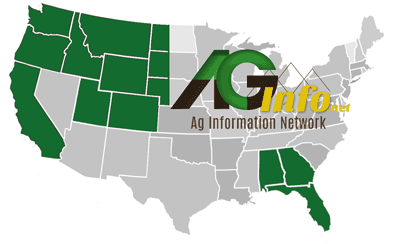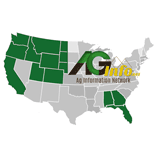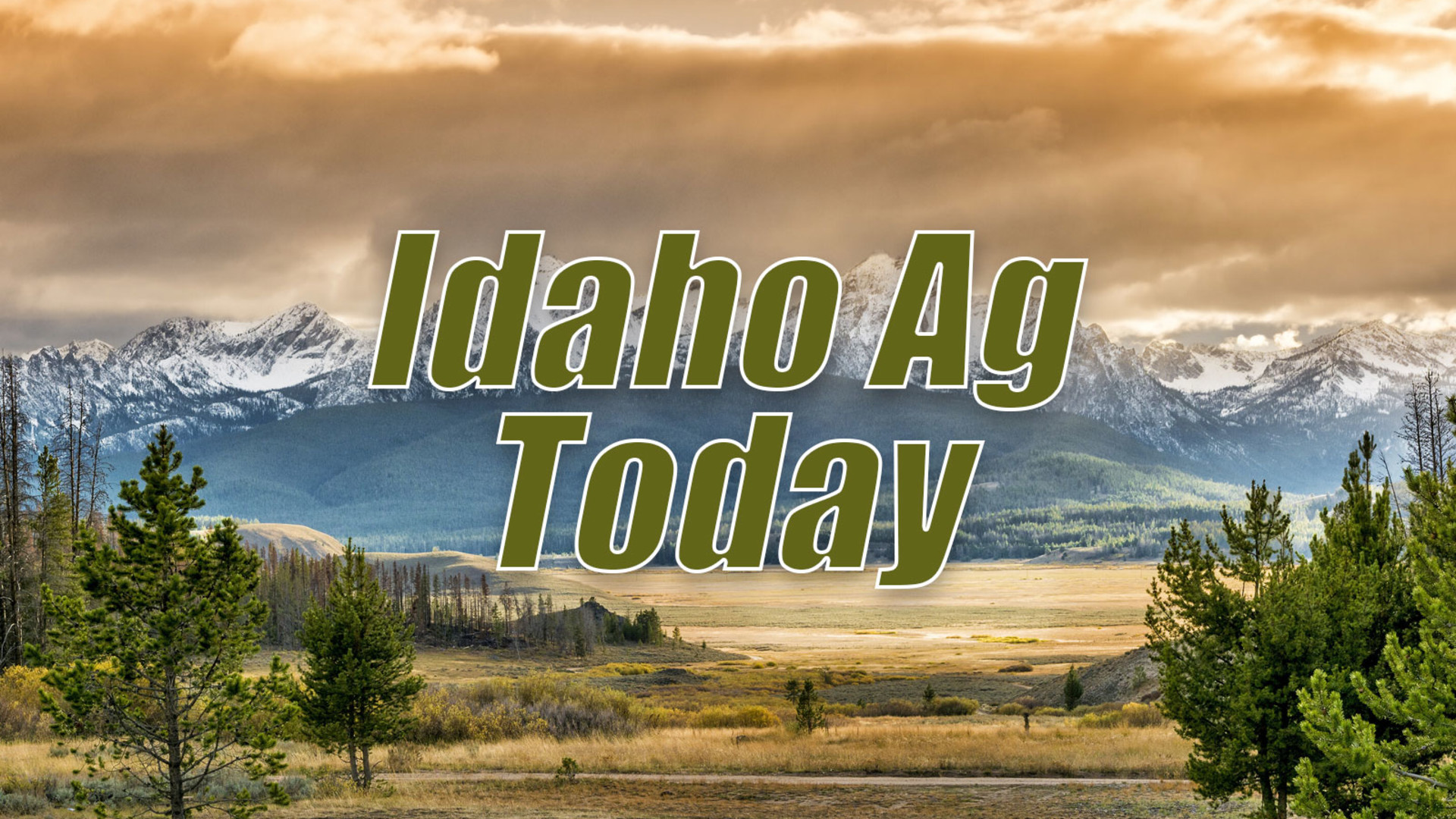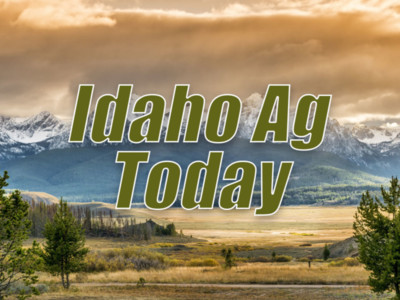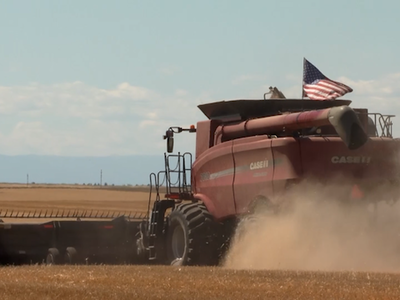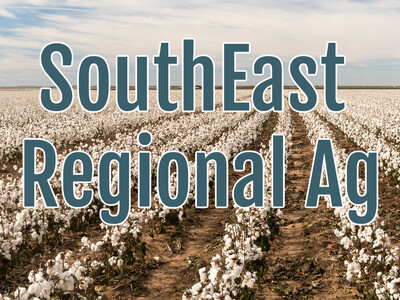Range health
In an ideal situation, ranchers and range managers like to see cattle actively grazing on a broad spectrum of the range.Especially on hot summer days, some cattle like to hang out in the shade and creek-bottoms to stay cool.
Often times, it requires herding cattle uphill to move them away from streams and riparian areas.
But what if a cow is genetically inclined to climb hills?
In a new research study, University of Idaho Beef Specialist Jim Sprinkle and his partners have identified a genetic marker for hill-climbing cattle. These animals, hiked more, ate less but still had optimal weight gain.
The implications of the study are significant for overall range health, experts say.
“All things considered, when we can get cattle that really will venture out and utilize better, the range stays in better condition, and especially riparian areas stay in better condition,” said Scott Jensen, a study participant and University of Idaho Extension Educator in Owyhee County, based in Homedale.
“I really think for the long-term health the range, which includes those riparian areas, it’s going to help provide folks to do a better job of managing livestock.”
Cattle use of riparian areas is a big deal on public lands. For ranchers, meeting required riparian standards is important for maintaining their grazing permits. It’s an important issue for anglers, hunters and the general public as well.
Many species of birds and wildlife benefit from healthy riparian areas. Healthy riparian areas also provide quality fish habitat, reduced water temperatures and good water quality.
